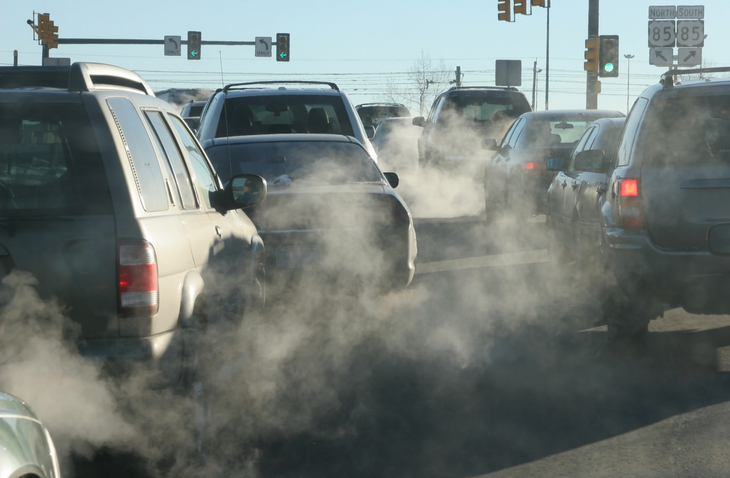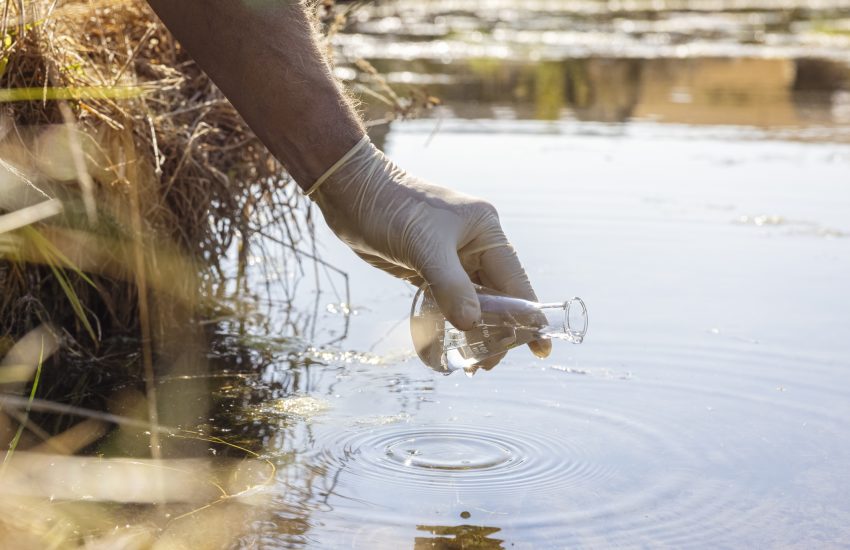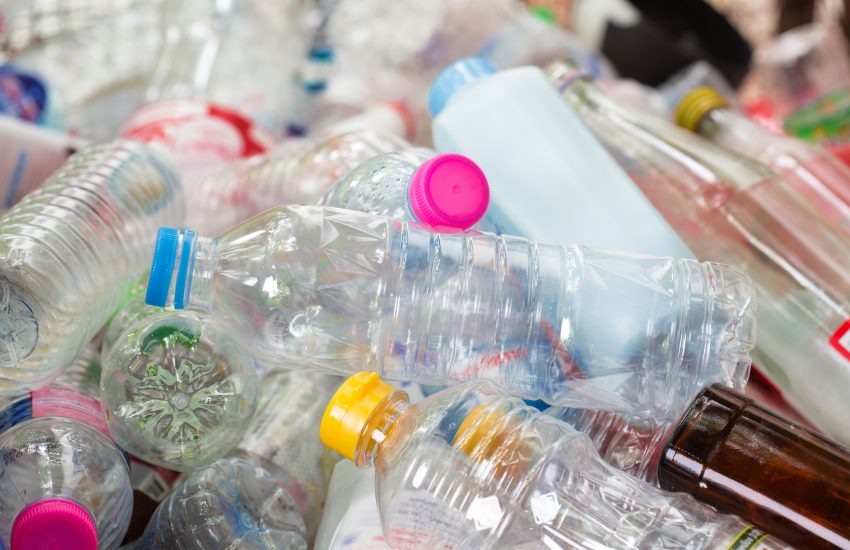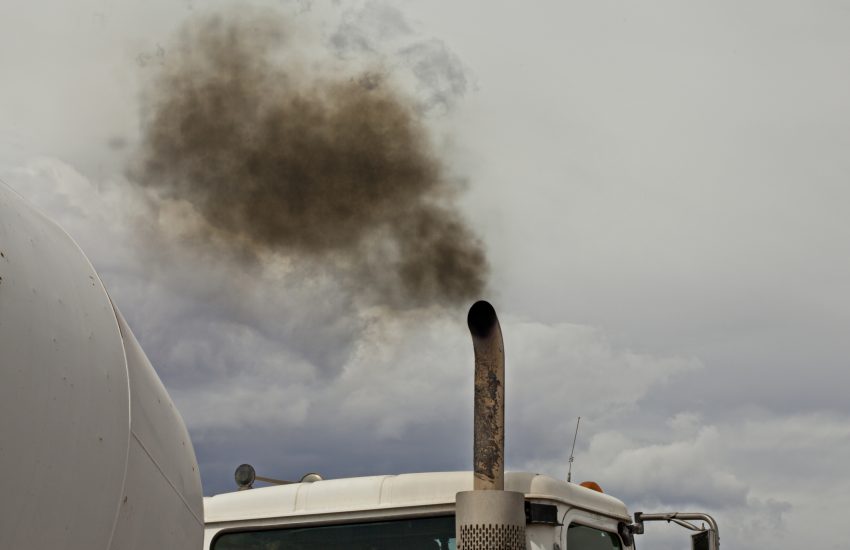On May 19, 2022, a Colorado federal district court judge, the Honorable Marcia S. Krieger, issued an opinion and order remanding action, preventing—for now, at least—an expansive fracking plan in Western Colorado from going forward even though it had previously been approved by the United States Bureau of Land Management, United States Department of the Interior, and United States Forest Service (collectively, Agencies) during the Trump administration. Specifically, the court vacated the Agencies’ approval of the North Fork Mancos Master Development Plan (Plan) for hydraulic …
Continue Reading









